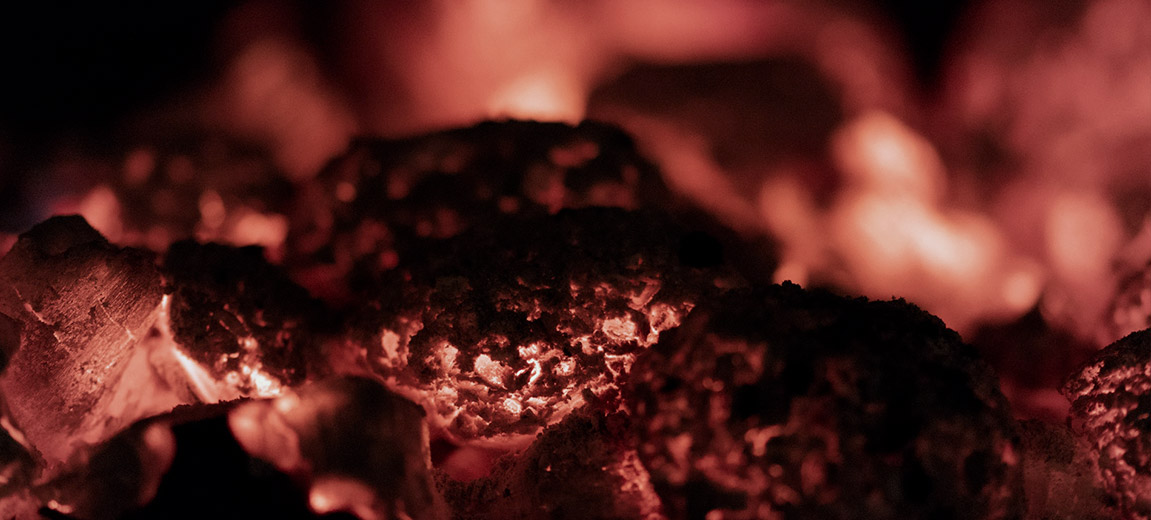Pyrolysis, in the broadest sense, is the decomposition of organic material into molecules and elements using high temperatures. However, the concept of pyrolysis is most commonly applied in the context of artificial carbonization, which involves the thermal processing of biomass without the presence of oxygen, at temperatures ranging from 430-950 °C. This process can yield solid (biochar), liquid, and gaseous products using specialized equipment. Various organic waste materials such as firewood, sawdust, grass, leaves, tree and shrub parts, industrial waste, byproducts, and many others can serve as biomass.
Carbonization is employed in the production of biochar, and the biomass is typically decontaminated prior to the carbonization process, regardless of the specific carbonization method used. The choice of conversion process depends on the type and quantity of biomass and the desired form of the end product. Energy generation also plays a significant role in determining the suitable process.
Carbonization plants offer a high degree of flexibility, allowing for the use of different feedstocks to produce large quantities of high-quality biochar. The production process is characterized by nearly 100% carbon efficiency, with the majority of carbon from organic biomass being converted into biochar.
Automated and controlled SPSC retort systems not only produce high-quality carbon products by processing organic waste but also generate carbon-neutral heat and energy with low emissions. The biomass does not oxidize or burn out during the process. Additionally, pyrolysis gas is generated and directed into a specialized combustion chamber to generate energy, which can be utilized in various ways.


 Deutsch
Deutsch